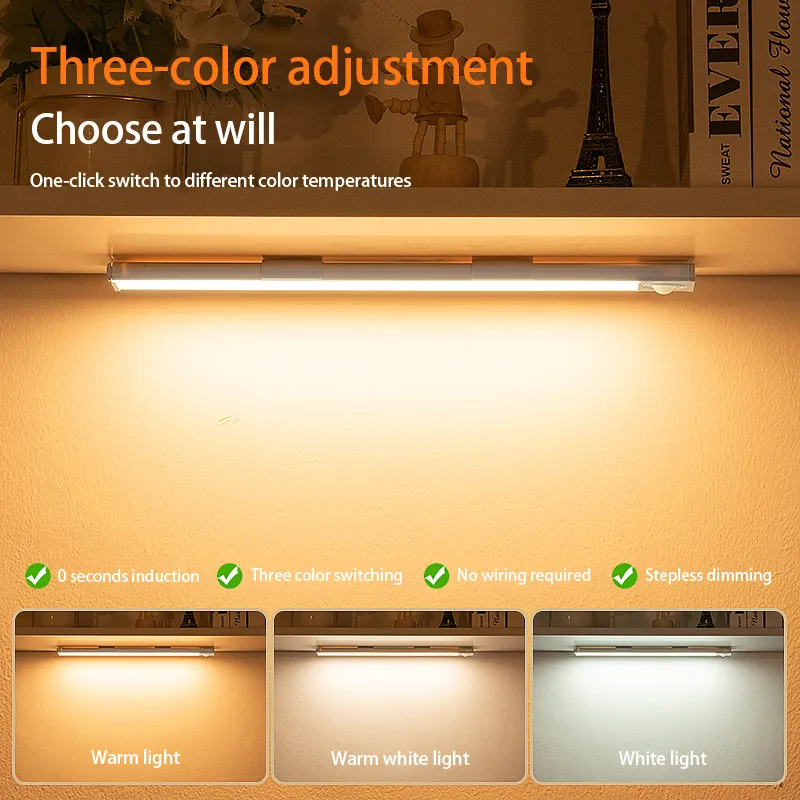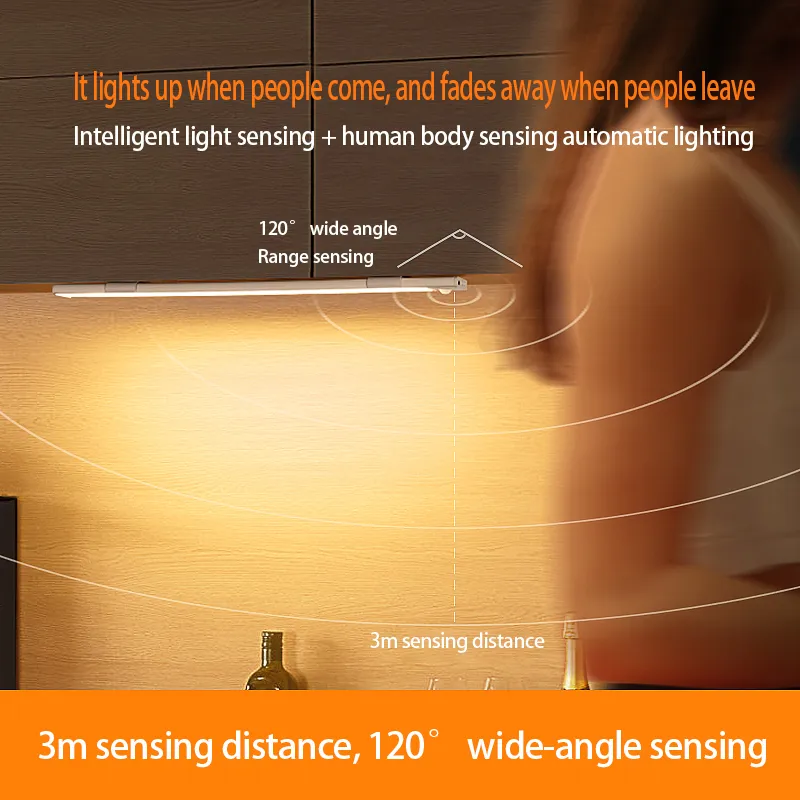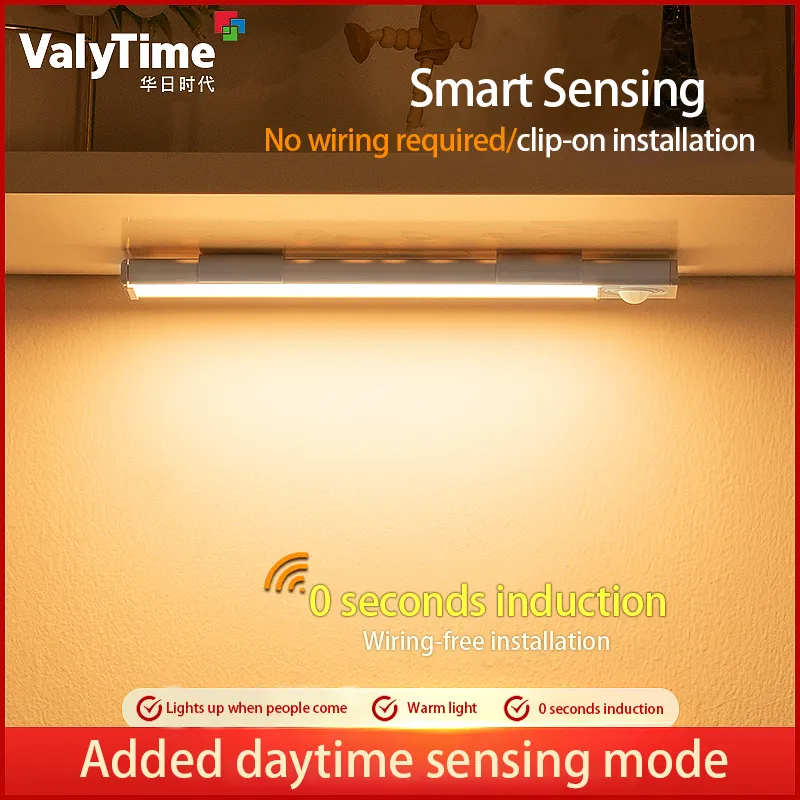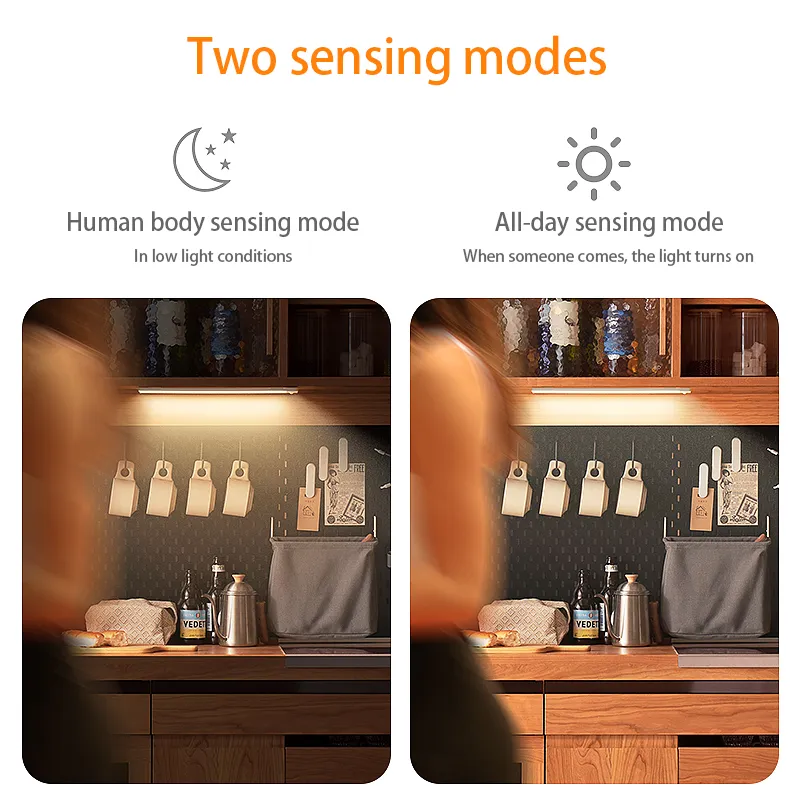Which bulb is suitable for a night light?
At night, an LED night light not only provides sufficient illumination to prevent bumps and bumps in the dark, but also creates a comfortable atmosphere, providing convenience and safety for family members or guests. However, with the wide variety of bulbs on the market, consumers often feel confused when choosing a suitable bulb for a night light. Different bulb types have different characteristics, and differences in brightness, power consumption, color temperature, and other factors determine their suitability for use as an LED night light.
In this article, we will delve into which bulbs are suitable for night lights and provide professional and detailed guidance from multiple perspectives to help consumers make the right choice.

What is a night light?
A night light generally refers to a device used for nighttime illumination. It is usually low-brightness and is suitable for providing a weak light source at night. Its main function is to prevent accidents in the dark while also providing a comfortable ambient light. An LED night light is a typical modern night light that uses an LED bulb as its light source. Compared to traditional incandescent and fluorescent lamps, LED night lights are not only energy-efficient but also provide a softer, more even light, avoiding the glare and discomfort caused by strong light.
Purposes and Applications of Night Lights
Night lights have a wide range of applications. They can be installed in various areas of the home, such as hallways, bathrooms, and bedrooms. They are particularly suitable for children, the elderly, and family members with special needs. They provide a gentle light source at night, preventing accidents such as falls caused by dimly lit environments. Besides homes, night lights are also widely used in hotels, hospitals, and nursing homes.

What types of bulbs are suitable for night lights?
When choosing the right bulb, consumers need to consider factors such as brightness, wattage, color temperature, and light distribution. The following common bulb types are widely used in LED night lights.
1. LED Bulbs
• Brightness Adjustment: The most significant feature of LED night lights is their low, soft brightness, providing sufficient light without glare, ensuring nighttime safety. LED bulbs have a brightness adjustment function, allowing users to adjust the brightness according to their needs. For example, users can choose to use a low-brightness mode to ensure sleep is not disturbed at night, while a high-brightness mode provides brighter illumination for active areas.
• High Energy Efficiency and Long Lifespan: Compared to traditional bulbs, LED night lights use less energy and have a longer lifespan. LED bulbs are significantly more energy-efficient than incandescent and fluorescent bulbs, making them an ideal choice for nightlights. They also don't generate excessive heat even with extended use, making them ideal for use in small spaces where excessive heat poses a safety risk.
• Color Temperature Selection: Color temperature refers to the warmth of the light source. Bulbs with low color temperatures produce a warm, yellowish glow, while those with high color temperatures emit a cool, bluish-white light. For LED night lights, low color temperatures (2700K-3000K) are generally gentler and ideal for creating a cozy atmosphere. Warm, yellowish light is ideal for use at night because it's gentle on the eyes and helps promote sleep, making it particularly suitable for areas like bedrooms and children's rooms.
• Adaptability: LED night lights can be adapted to various installation requirements, with options for plug-in or battery operation, depending on the environment and personal needs. Due to their compact size and flexible design, LED night lights are typically compact, making them easy to install on furniture, walls, or other confined spaces without taking up too much space.
2. CFL (Compact Fluorescent Lamp)
Compact fluorescent lamps (CFLs) are a more traditional light source. While they offer superior brightness and energy efficiency compared to incandescent lamps, they still have some limitations compared to LED night lights.
• High Brightness: While CFLs are more energy-efficient than incandescent lamps, they are typically brighter and offer less uniform light distribution. Therefore, they are generally not suitable as a light source for LED night lights. The excessive brightness can be uncomfortable for users at night, especially in resting areas like bedrooms or living rooms.
• Low Energy Efficiency: Compared to LED night lights, CFLs are less energy-efficient and have a shorter lifespan. Even though CFL bulbs offer higher brightness, they still consume more electricity and generate more heat, making them less than ideal for nightlight applications.
• Slow Brightness Response Time
CFL bulbs take time to start up and reach their full brightness, a significant disadvantage for LED nightlights, which require instant illumination. This delay can be particularly inconvenient when light is suddenly needed at night.
3. Incandescent Lamps
As one of the earliest light sources, incandescent lamps, while gradually being replaced by more energy-efficient bulbs, are still used in some homes. Incandescent lamps offer a softer light, but they are less efficient and generate more heat, making them unsuitable for use as a light source for LED nightlights.
• Low Energy Efficiency: Incandescent lamps are significantly less energy-efficient than LED nightlights, consuming more electricity and making them unsuitable for long-duration nighttime lighting. Not only are they environmentally unfriendly, they also have a short lifespan and require frequent replacement.
• High Heat Generation: A significant disadvantage of incandescent lamps is the significant heat they generate during operation. This is particularly unsuitable for LED nightlight applications, especially in smaller spaces, where excessively high temperatures can affect user comfort and even pose a safety hazard.
4. OLED Bulbs
Some high-end lighting fixtures utilize OLED (organic light-emitting diode) technology, which provides a very uniform and soft light source, making it suitable for nightlights. However, due to its high price and production limitations, OLED bulbs are not yet widely used in home nightlights.
• Uniform Light Source: OLED bulbs offer extremely uniform light, eliminating strong shadows or uneven light spots, and providing a softer lighting effect. They are ideal for environments requiring a gentle nightlight, such as bedrooms and children's rooms.
• High Cost: Due to the high cost of OLED technology, it is not currently suitable for widespread use in LED nightlights. In high-end lighting designs, OLED can be the preferred light source for high-quality illumination, but for most homes, LED nightlights remain a more cost-effective option.

How to Choose the Right Nightlight Bulb?
1. Choose a Low-Power, Low-Brightness Bulb
The core requirements for a nightlight are low power and low brightness. Choosing a bulb with moderate wattage and low brightness ensures adequate illumination at night without glare. LED night lights are the best choice due to their high energy efficiency and long lifespan.
2. Choose the Right Color Temperature
Choosing bulbs with a warm color (2700K-3000K) helps create a cozy and comfortable atmosphere, especially suitable for bedrooms, living rooms, or children's rooms. Warm light is not only relaxing but also helps promote sleep by avoiding the stimulation of bright light.
3. Consider Lifespan and Energy Efficiency
LED bulbs have a long lifespan and are extremely energy efficient, making them one of the most suitable bulbs for night lights. Compared to traditional bulbs, LED bulbs are not only energy-efficient but also significantly reduce the hassle of frequent bulb replacements.
4. Safety and Environmental Compliance
Choose certified LED bulbs to ensure they meet safety and environmental standards. Avoid bulbs containing hazardous substances such as mercury. Environmental compatibility is also a key factor to consider when choosing a bulb.

How does Huari ensure consistent product quality?
Quality control at Huari Lighting is rigorous. From raw materials to finished LED lamps, every step is monitored under ISO-certified systems. Our factory implements total quality management to guarantee reliable products. Customers worldwide trust us for CE, RoHS, and ERP-approved lights.
Buying from Huari ensures access to high-quality LED night lights, panel lamps, and vanity lighting at competitive wholesale prices.
